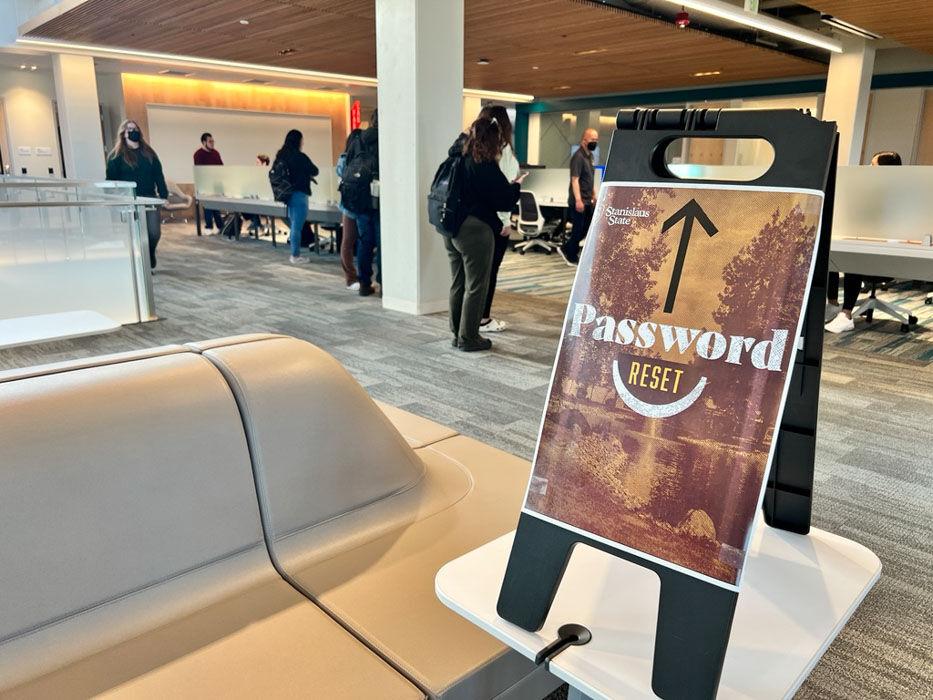Developing advances in technology, such as Google’s self-driving car project, has hit a milestone. California became the third state, behind Nevada and Florida, to allow self-driving cars on the roads, with a licensed human passenger along as a safety measure.
Governor Jerry Brown signed the autonomous-vehicles bill into law beside Google cofounder Sergey Brin. The bill, SB 1298, created by state Sen. Alex Padilla, will set up requirements as to when the self-driving car is ready for the road.
The bill requires that the California Department of Motor Vehicles draft regulations by 2015, and whether or not you are thrilled about this driverless car future, it is coming, and coming soon. Google estimates release within a decade, and automakers like Ford believe (more optimistically) this technology can be road-ready by 2017.
Now, you are probably curious as to what a self-driving car is and its purpose.
Google is not alone when it comes to working on driverless car technology, but they are the most well known, which gives them more leeway. Besides the Prius, Google’s latest addition to the self-driving car family is the Lexus RX450h, a hybrid. Companies such as Audi, Ford and Volvo have also been experimenting with this technology.
The autonomous cars use a combination of radar sensors in the front, video cameras to scan the surrounding area, and other sensors and artificial intelligence software to help steer and navigate the road.
Ideally, the purpose of the autonomous cars is the potential to make roads safer. It will allow independence for people with disabilities, such as those with vision problems. It will generate productivity for commuters stuck in traffic and create less congestion and pollution. In general, it can help minimize traffic and reduce accidents caused by human error.
According to the Official Google Blog, of the 300,000 miles logged in by Google’s self-driving car, there were no accidents while the vehicle was controlled by a computer. The only accident to occur was a fender bender, which happened when a human was in control of the vehicle.
This is positive news for Google’s self-driving project, but Google does warn that though this project shows promise, there is still more to be done. The self-driving cars must learn how to handle snow-covered roads, interpret construction signs and meet the demands of other situations that could throw the technology out of loop.
But, the optimism about this self-driving car project shows how far technology is advancing in society.
Google’s next step is allowing its members of the self-driving car team to use these cars to commute to work solo. It is a big step since it brings this technology one step closer to commuters.
So the question we must ask ourselves: Is the self-driving car technology too much? Truthfully, this is a science-fantasy turning into reality. Either way, this new technology is savvy, a good idea nonetheless. It has the potential to bring road safety, less accidents, and independence to those with disabilities. Who said technology was not amazing?






